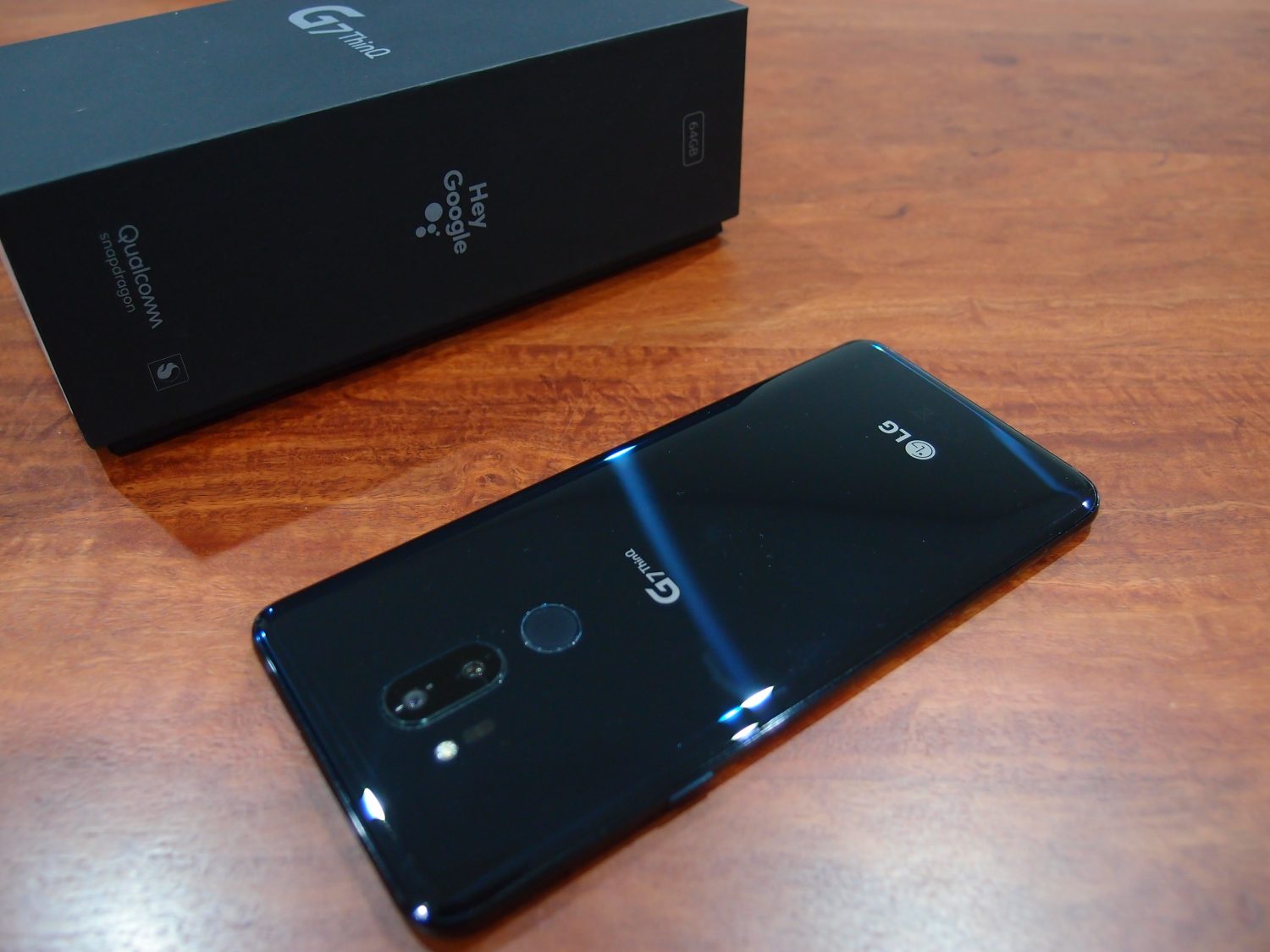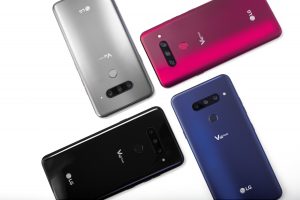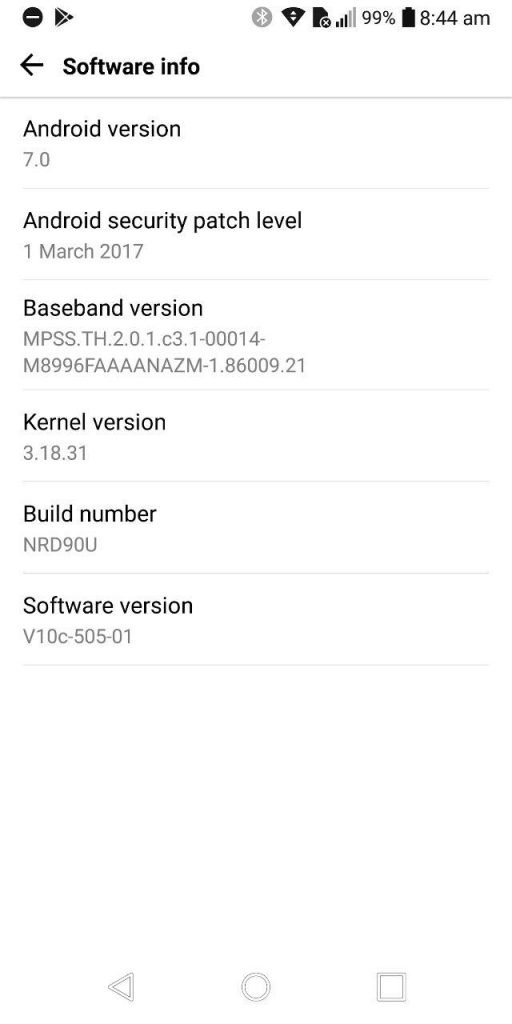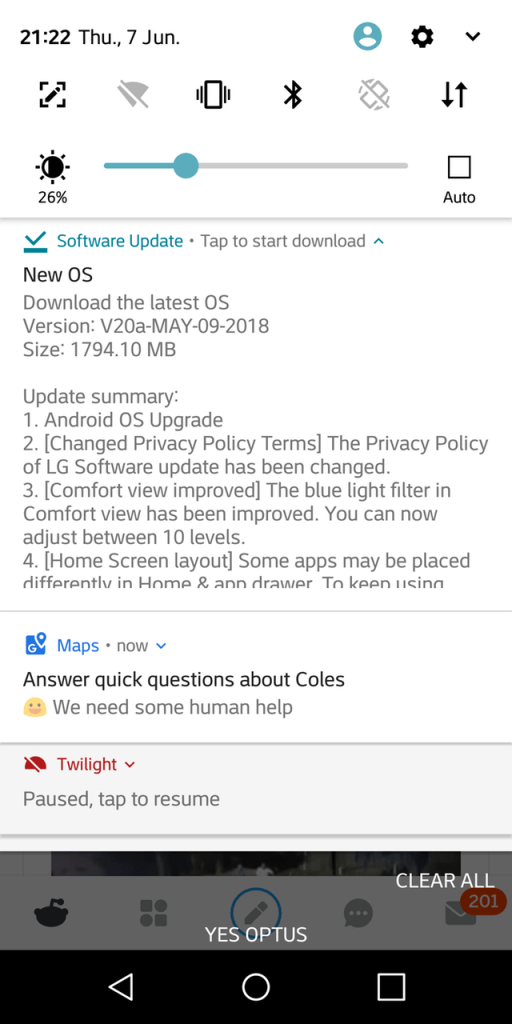Just over a year ago we heralded LG for introducing a new “Software Upgrade Center” in a bid to bring more timely updates to their Android phones. Unfortunately, a year on it seems to have been little more than marketing hype.
LG’s Global Software Center hasn’t produced much – if anything – of significance in its entire existence.
In November, last year Computer World ran a story saying they had only seen a single update come out of the upgrade centre: a single update 40 days into their existence to the Verizon LG G6, but not any other variants.
In particular, Computer World called out LG for having the bravado to promise updates despite a very chequered past in this regard and failing to deliver at that stage.
Five months on from that story, and it’s now a full year since the ‘Software Update Center’ was opened (assuming such a thing even actually exists). The supposed opening was accompanied by a flashy press release and a lot of fanfare from LG. Since that time, though, very little has been accomplished by the ‘Center’.
What has LG’s ‘Software Update Center’ actually achieved?
According to Computer World, it has been 371 days since the launch of the ‘Software Upgrade Center’ and it appears it’s achieved just three upgrades:
- 40 days after its announcement, the Center released Android 8.0 Oreo for the US Verizon LG G6 – 9 months after the release of Oreo – and not long after (June 2018) to the Australian G6
- Oreo arrived on the US G5 13 months after its release to the public by Google – and we know that Google provide it to manufacturers long before then
- LG released the LG V40 to the public at the beginning of October last year, 74 days after Android 9.0 Pie’s launch and yet LG launched it with Android 8.1 Oreo. The LG V40 was only released to Australia in February and is still running 8.1 Oreo, 257 days after Android Pie’s release to the public
Only a single LG Android phone has been updated to Android 9.0 Pie (aside from their Android One model which HAS to be and is primarily updated by Google) – and that is the LG V35 ThinQ which finally received the Android 9.0 update, in South Korea only, this week. While we wait for LG to release its next phones, the G8 and the V50 ThinQ 5G, it seems that there is a distinct apathy from the company regarding updates.
This is a real shame, because timely software updates are important to consumers.
Current and former flagships are languishing with old software
We have an Australian LG G7 ThinQ being monitored for updates and even though it is less than 12 months old, it has not received a security patch since September 2018 and still runs Android 8.0 Oreo. If LG can’t keep its flagship phones updated, what hope do any other LG handsets have?
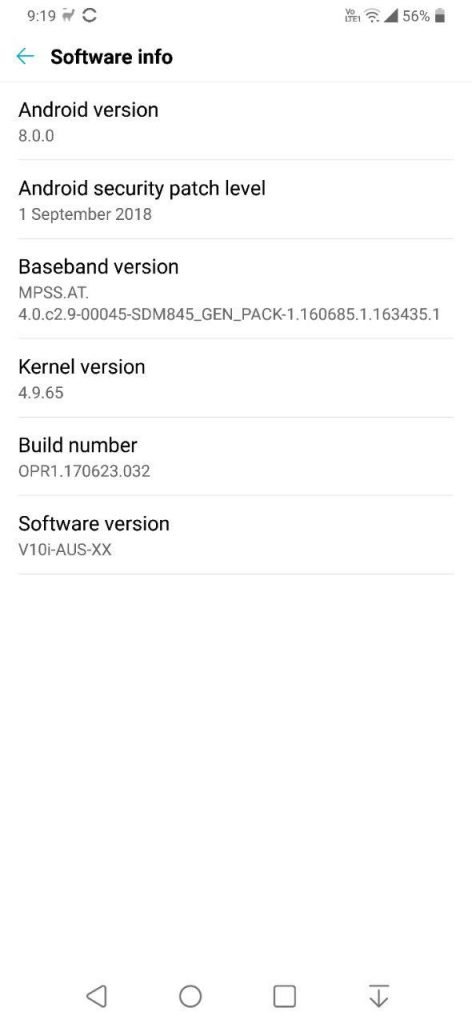
The so-called LG ‘Software Upgrade Center’ seems to be nothing but a bunch of marketing hoo-hah that ultimately has amounted to nothing. When we first reported on it, we had readers who commented saying they were very sceptical – it seems they were right to be so.
LG need to come clean on this ‘Software Upgrade Center’- why isn’t it producing results like it should? Does it actually exist? Does it have many, or any, staff employed within it? What is the issue or have they been caught out trying to pull a bit of positive PR their way?
LG are continuing to lose Android smartphone market share and it is easy to see why. Their software has not improved over time, because that would require updates and iteration. Their phones remain on old software, rarely, if ever, updated once released, much less to newer versions of Android.
What does LG say about its lack of updates?
We shared a draft of this story (virtually as written) with LG Australia, to allow them the opportunity to comment before publication. In response, LG provided Ausdroid the following statement regarding updates on their phones:
LG is committed to providing Australian customers with the latest security and OS updates. We work with Australian telcos to approve the required software version before we can push these updates out locally, which is an activity that together we continuously strive to deliver in a timely manner.
Where the above statement fails to ring true is that most of their devices never receive any updates and even the flagships may only receive security updates once or twice. Their devices are absent on each carrier’s list of which phones will be receiving updates and the timeframes.
Most other manufacturers are able to do this, why can’t LG? You can’t blame carriers for slow updates in Australia when a) there’s no updates being released anywhere else and b) the carriers don’t have your software to test anyway.
Putting updates to one side, it seems LG can’t even manage to get security updates to their handsets. This is something more important than major OS releases, and arguably easier to release – Google does the hard work.
LG’s G7 ThinQ hasn’t seen an update in Australia since September 2018 – that’s seven months ago. For a flagship this is pathetic, and if that’s how LG treats its premium phones, lesser phones haven’t got a hope in hell.
This is bad for everyone — security patches are there for a reason.
Should you buy an LG phone knowing all of this?
The short answer is probably not. If you don’t care whether your phone sees an update, or important security patches, then sure why not. However, if you appreciate your phone being kept somewhat up to date and secure, you’d probably be well advised to steer clear for now.
We keep hearing that timely distribution of security patches is required by the Google mobile services contract. Not that they need to be monthly, mind – but they must agree to a schedule. We’re yet to see Google actually apply any consequence for failure to comply with this. How long can LG flout Google’s licensing terms before Google just says no more?
LG need to put up or shut up when it comes to Android. Either they get serious about delivering what customers actually want – good phones with timely security and OS updates – or they lose more customers. They are not the only manufacturer to not keep up with updates but they are the only one who opened a “Software Upgrade Center” promising faster updates to their phones.
Ultimately, the way LG is treating its smartphone customers today – and has done over the last couple of years – it doesn’t deserve to keep their custom going forward.

